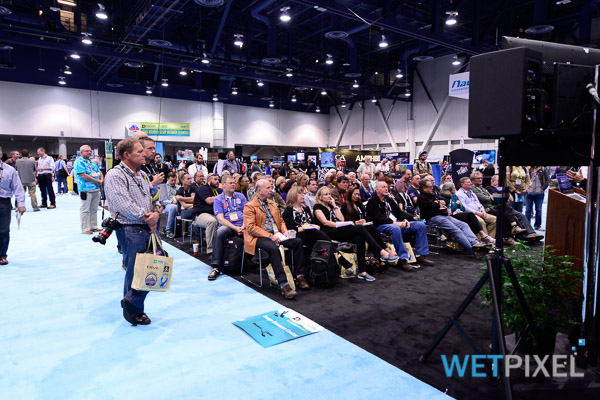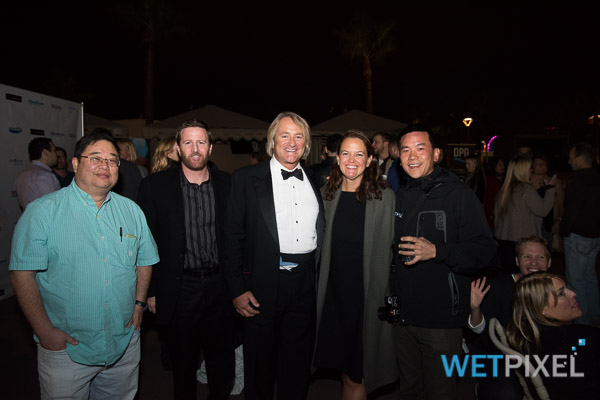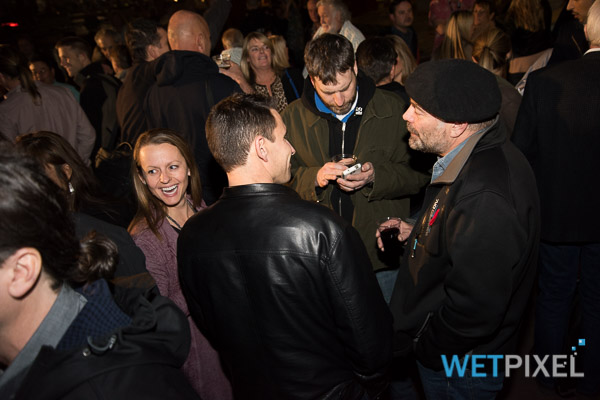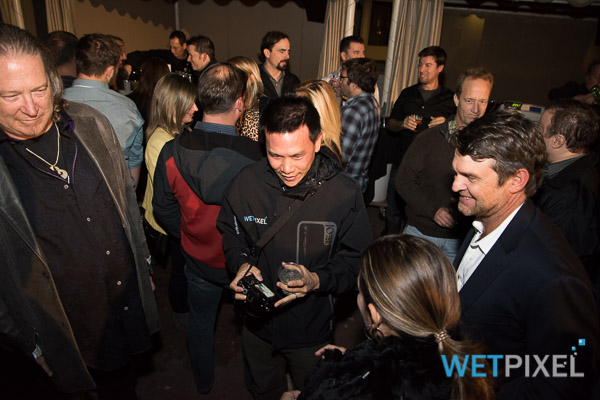Wetpixel coverage: DEMA 2014

DEMA Show 2014
Finishing thoughts
DEMA 2014 felt quieter than previous years, although the booth owners mostly seemed to be happy with the show. DEMA has made the requirements for entry significantly more stringent over the last few shows, and this may account for what, I would guess, is a reduced attendance. DEMA is a trade only event and perhaps the fact that it seems that lots of business was still being done suggests that the policy is working.

Increases in resolution and better sensor performance has meant that manufacturers are now investing considerable time and effort into creating solutions for optics. With at least 6 manufacturers in both video and still housing sectors creating solutions that allow the use of Nikonos RS lenses, and at least one creating an updated wet contact optic, there seems to be a shift towards getting the best out of camera performance. Personally, I think this is a welcome development, as manufacturers move away from looking solely at improving housing performance into improving image quality in general.

There is no doubt that the predominance of the major camera brands like Nikon and Canon is changing very rapidly. The trickle is becoming a flood. Cameras like the Sony A7s/r and Fuji XT1 are challenging their products in the still market, and the Panasonic GH4 and RED are challenging Sony as the market leader in video. GoPro is still growing and, far from being a challenge to the traditional video camera manufacturers, will create a demand for more powerful imaging equipment as people get “hooked” on shooting video using them.
Housing manufacturers are continuing to adapt their still housings in order to use them for video. Monitor and recorder/monitor housings (for Atomos and Convergent Designs products) are becoming more and more available. I feel that a gap exists for creating a video specific housing for cameras like the GH4, or Sony A7s.
LED technology continues apace, with both output and light quality improving. Consumers are starting to recognise the advantages of color temperatures and color rendering indices. A challenge here is that there is no universally adopted way of measuring light output or quality, which can allow for misrepresentations of performance. The FL1 standard may prove to be a solution, but will only do so when there is consumer demand for it.

DEMA is so much more than a trade show. It is still the best venue to meet fellow image makers and network. Whilst there is undoubtedly a very real commercial emphasis, the popularity of the Wetpixel/DivephotoGuide party shows just how much people come to meet old friends and make new ones. Navigation around the show can be problematic as you continually bump into people! Whilst there is strong competition between brands, there remains a strong collegiate spirit between individuals. Long may this continue to be the case.
Lastly, thanks to my fellow correspondents, Eric Cheng, Mark Goyen and Steve Williams. Reporting from DEMA is always very much a team event and their input and assistance is crucial! Also huge thanks and kudos to the booth owners, who give up their valuable time at the show to answer increasingly unintelligible questions from me as I get increasingly sleep deprived! Thank you for your patience.
See you all next year in Orlando!
Wetpixel editor Eric Cheng has taken loads of great social shots at the show. If you want “proof” of what you got up to, please visit his site where you can download hi-rez versions if you wish. The download password is: wetpixel.
Booth visits day 1: Backscatter, GoPro, Keldan, Ikelite, Subal.
Booth visits day 2: H20 Tools, 10 Bar, Seacam, PolarPro, Aquatica, Nauticam, Acquapazza.
Day 2: Wetpixel/DivePhotoGuide Underwater Imaging Party.
Booth visits day 3: New World Publications, Sea& Sea, Gates, Light & Motion, Watershot, Inon.
Booth visits day 4: Saga, ULCS, Aquatica, BS Kinetics, Fantasea, Orcalight, XIT404, iDive.
Mark Goyen: A newbie’s impression of DEMA.
Steve Williams: Final thoughts on DEMA 2014.
Adam Hanlon: Finishing thoughts and round up.